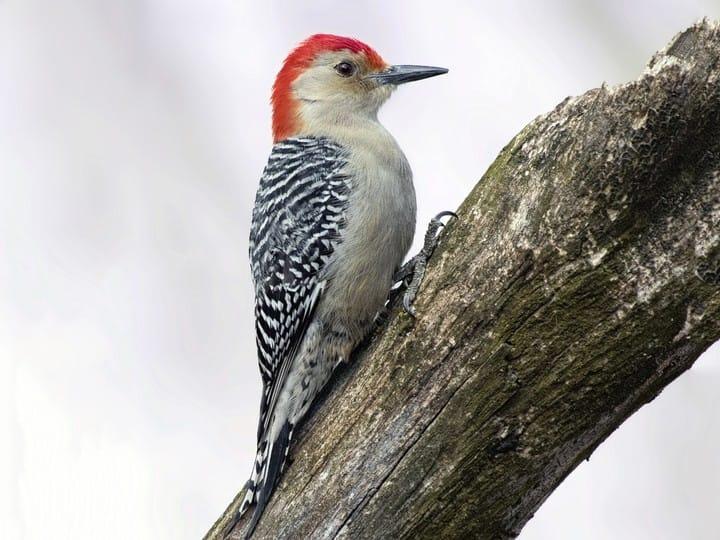Running Into Woodpeckers in Florida Types: Environments and Actions
Running Into Woodpeckers in Florida Types: Environments and Actions
Blog Article
Introducing the Keys of Woodpeckers: Habits, Environment, and Much More
Woodpeckers, with their distinct behaviors and specialized adjustments, have actually long attracted scientists and nature fanatics alike. By discovering the enigmas surrounding woodpeckers' habits and habitat selections, a deeper understanding of these bird wonders arises, using a glance right into their remarkable globe.
Woodpecker Actions Insights
In analyzing woodpecker actions, a fascinating display screen of specialized skills and adaptations emerges, shedding light on their amazing environmental specific niche. Woodpeckers, understood for their unique drumming on trees, have a selection of behavior qualities that add to their survival and success in their environment.
Furthermore, woodpeckers display a special feeding actions identified by their ability to remove bugs from tree bark using their specialized beaks. Their long, barbed tongues help in capturing prey, while their solid neck muscular tissues offer security and precision throughout pecking motions. This feeding method allows woodpeckers to access surprise insect larvae and remove them with impressive performance.
Environment Preferences and Option
What factors affect the habitat choices and selection of woodpeckers? Woodpeckers are highly adaptable birds recognized to populate different settings worldwide. They do show choices for specific habitat features. One critical factor influencing woodpecker habitat choice is the availability of appropriate nesting websites. Woodpeckers commonly prefer forests with a mix of fully grown trees that supply enough possibilities for tooth cavity excavation. These tooth cavities work as vital nesting and roosting websites for woodpeckers and are important for their breeding success.
Additionally, woodpeckers reveal a preference for habitats with an abundant supply of food sources. They are largely insectivorous, feeding upon beetles, ants, larvae, and various other insects discovered in decaying wood or tree bark. Woodpeckers tend to prefer woody areas with a diverse insect population to meet their dietary requirements.
In addition, the visibility of dead or worn out trees is another crucial consider woodpecker environment choice. These trees not just give food resources yet additionally offer appropriate substratum for cavity excavation. Dead trees are crucial for the upkeep of healthy woodpecker populaces, as they play a vital function in the woodpeckers' life process and environment dynamics.
Feeding Behaviors and Diet Structure
Woodpeckers demonstrate a specialized feeding behavior concentrated on foraging for insects within different environments. In enhancement to insects, woodpeckers likewise eat tree sap, fruits, nuts, and seeds, including variety to their diet plan depending on the period and schedule of food sources.
The foraging methods of woodpeckers are well-adapted to their arboreal lifestyle. Woodpeckers play a crucial role in keeping the health and wellness of forests by controlling insect populaces and helping in the decomposition of timber.
Drumming Seems and Communication
Making use of fast drumming noises on various surface areas, woodpeckers employ a distinct type of communication to signify area boundaries and bring in companions. This drumming behavior is not just a way of communication yet also works as a method for woodpeckers to establish their existence within a particular location. The intensity, rate, and pattern of the drumming can convey vital info to various other woodpeckers around.
Woodpeckers use drumming noises to announce their existence in a territory and to advise off possible trespassers. The loud and recurring nature of the drumming try this website functions as a clear signal to various other woodpeckers that the area is currently claimed. This assists in reducing i thought about this disputes and decreasing physical conflicts in between individuals.

Survival Adaptations and Specialized Makeup

Verdict
To conclude, woodpeckers display distinct behaviors, such as drumming audios for communication, and have specialized makeup for survival in their selected habitats. Their feeding behaviors and diet plan composition better show their adaptability to numerous atmospheres. By understanding these aspects of woodpeckers, scientists and conservationists can much better secure and preserve these interesting birds and their environments.
Report this page